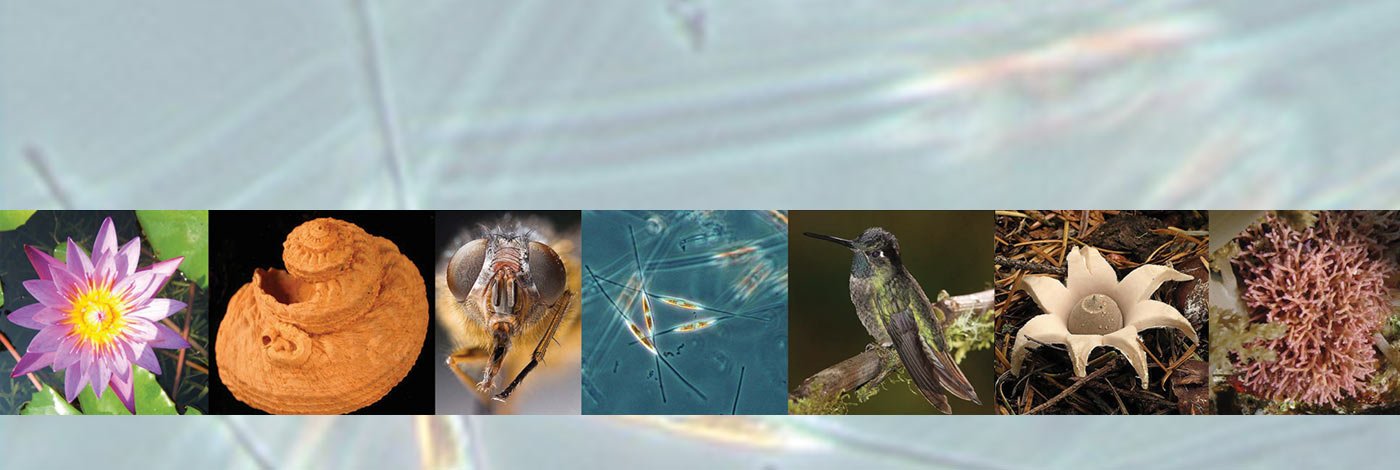
 European Journal of Taxonomy
2013 (63) - Pages 1-32 (EJT-63)
European Journal of Taxonomy
2013 (63) - Pages 1-32 (EJT-63)Two new genera and five new species of Selachinematidae are described from the New Zealand upper continental slope (350-1240 m depth). Synonchiella rotundicauda sp. nov. is characterised by cephalic setae 0.25 cbd long, mandibles each with two pairs of hooks and two wing-like projections laterally, eight cup-shaped pre-cloacal supplements and short rounded tail. Pseudocheironchus gen. nov. is similar to Cheironchus, but differs from the latter in having a cuticle without lateral differentiation, cephalic setae only slightly longer than the outer labial sensillae, and a posterior buccal cavity with three equal mandibles. Pseudocheironchus ingluviosus gen. et sp. nov. is characterised by mandibles with eight blunt teeth, multispiral amphideal fovea with five turns, and a short rounded tail. Males of this new species with 17-19 cup-shaped pre-cloacal supplements. Males of the genus Cobbionema are described for the first time; C. trigamma sp. nov. is characterised by four long cephalic setae and six smaller outer labial setae in one circle, six rhabdions surrounding the anterior buccal cavity, each with two pairs of pointed projections at their posterior extremities, posterior buccal cavity widening posteriorly, with three pairs of rhabdions fused posteriorly and widening anteriorly, males with two testes pointing anteriorly and with reflexed posterior testis, and no pre-cloacal supplements. Gammanema agglutinans sp. nov. is characterised by a short, stout body often covered in adhering mucus and detritus, cuticle with minute spines, leaf-shaped somatic setae with ducts, sexual dimorphism in the shape of the amphideal fovea (loop-shaped in males and spiral in females), posterior buccal cavity with three pairs of broad, column-shaped rhabdions fused anteriorly, intestine cells with orange-brown granules, and small tubular pre-cloacal supplements. Bendiella gen. nov. is most similar to Halichoanolaimus, but differs from the latter, and all other genera of the family Selachinematidae, in having a cuticle with lateral differentiation consisting of longitudinal rows of larger dots, and from all other genera of the Choniolaiminae in lacking pre-cloacal supplements. Bendiella thalassa gen. et sp. nov. is characterised by amphideal fovea with 5.25 turns, anterior buccal cavity with twelve rhabdions, each with a pair of pointed projections at posterior extremity, posterior buccal cavity with three Y-shaped pairs of slender rhabdions fused from two thirds of distance from anterior ends, and conico-cylindrical tail.
Selachinematinae, Choniolaiminae, marine predatory nematodes, bathyal, Southwest Pacific.